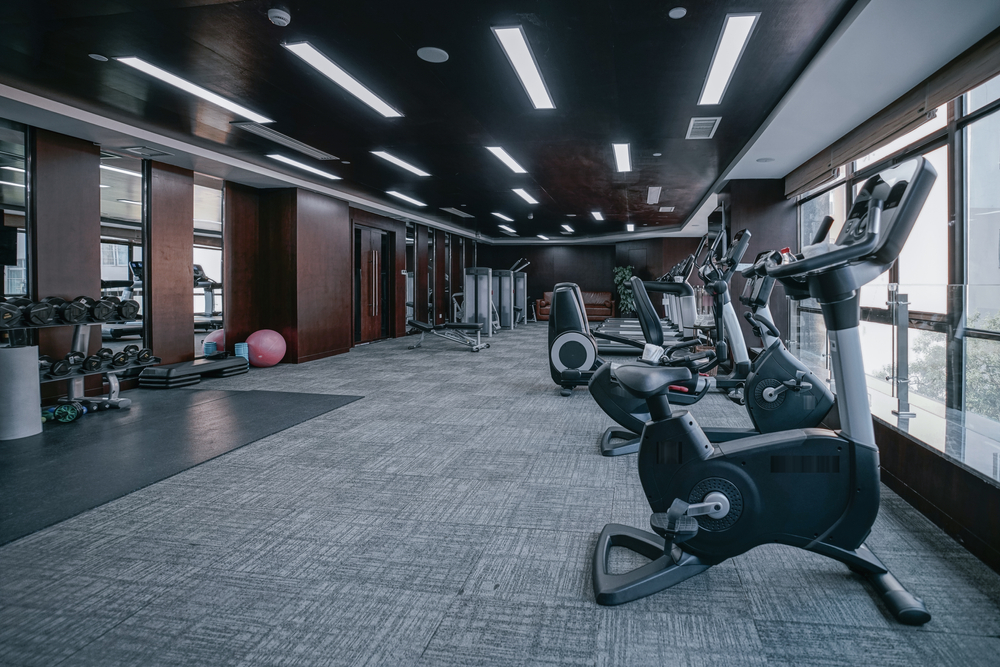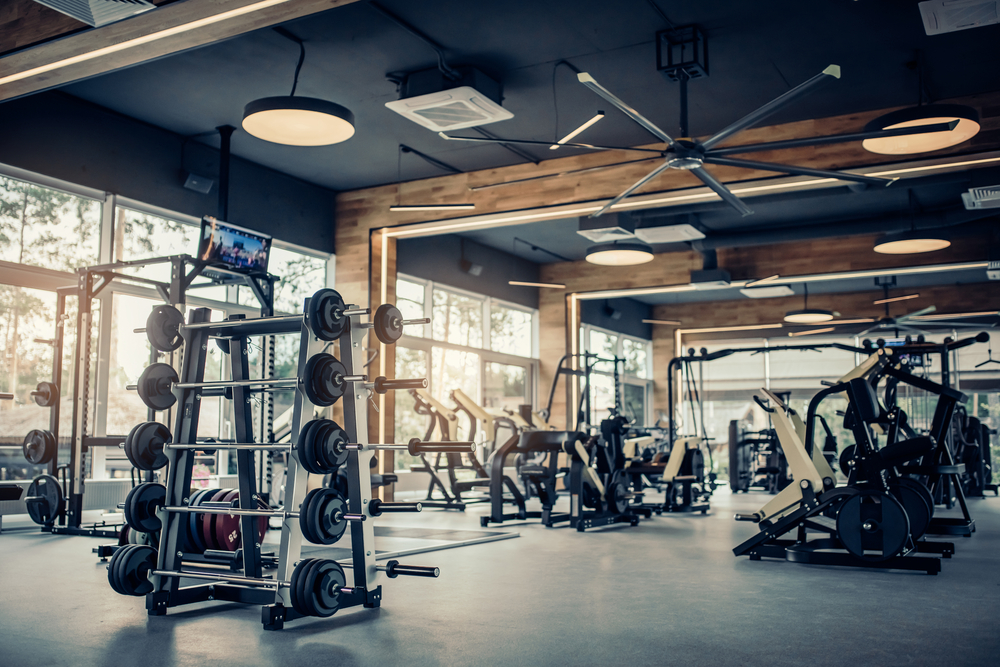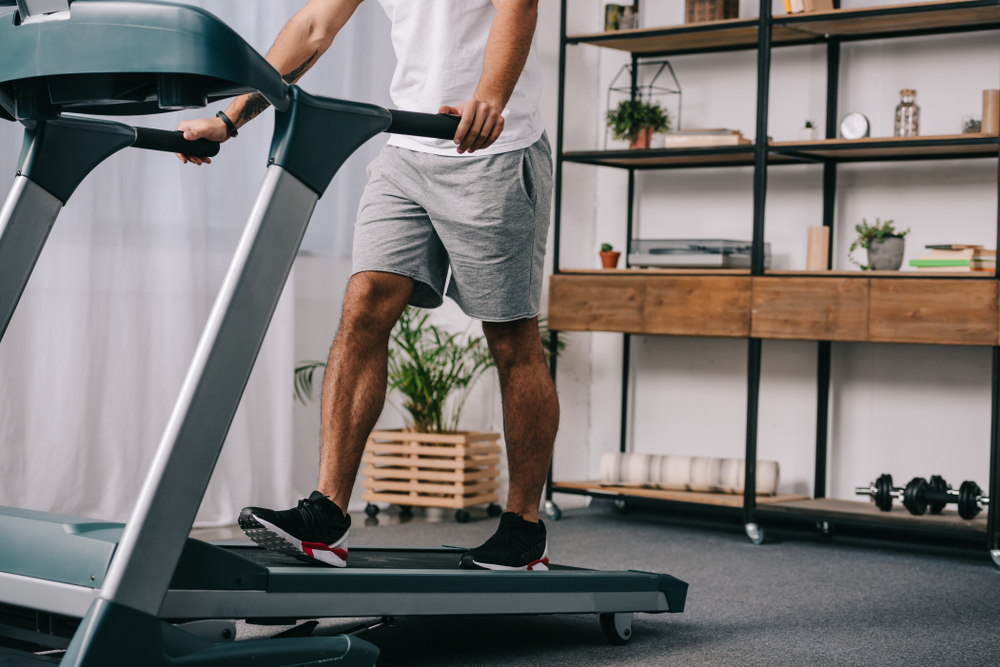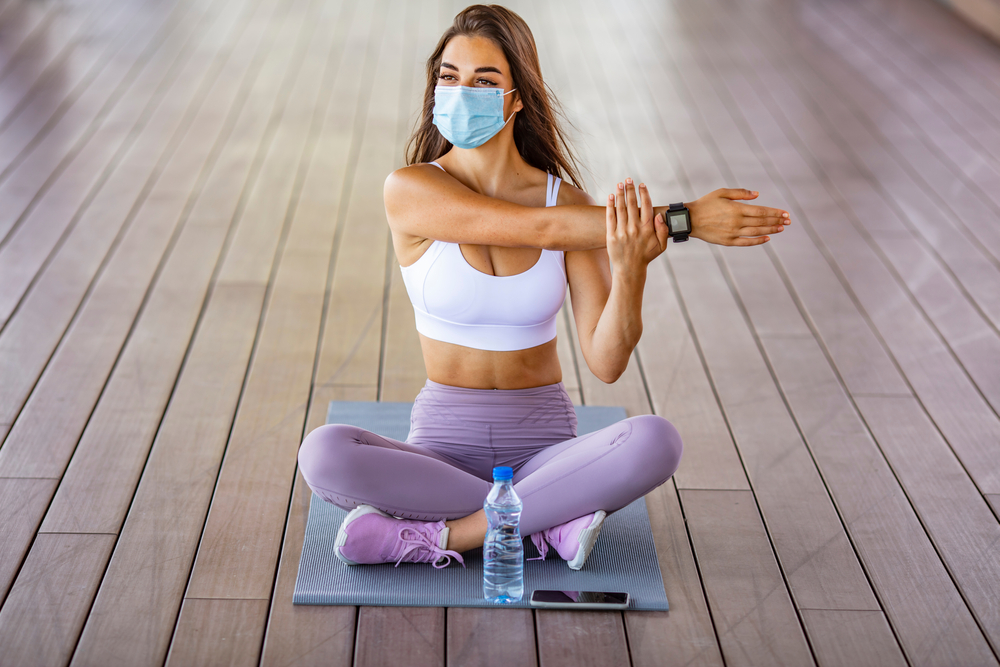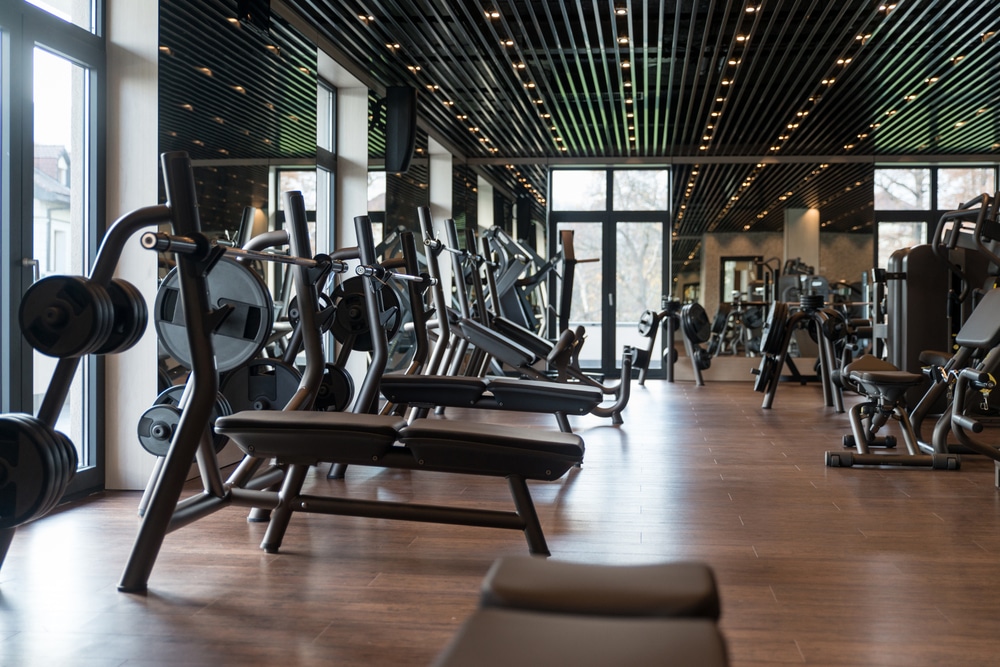Let go of stress: occupational health care in Switzerland
Workplace health promotion in Switzerland is now well positioned. Its aim is to promote the health of employees and reduce absenteeism due to illness. At the same time, the aim is to prevent work-related illnesses. But there is one thing that Swiss employers are losing sight of: stress and psychological stress and their effects.

Workplace health promotion in Switzerland: important support for employees
Work-related illnesses and accidents at work should be prevented; this also applies to illnesses caused by infections. Company health promotion focuses on precisely this and tries to strengthen health potential. The feeling of well-being at the workplace is a crucial point, which also includes ergonomic principles. People who feel good have better immune systems and feel less stressed. As part of corporate health promotion, health protection at the workplace should be promoted with various measures. These measures are based on these basic ideas:
- Improvement of working conditions
- Improvement of work coordination
- Carrying out preventive examinations to identify health restrictions at an early stage
- Further training of employees and strengthening of their skills
- Consideration of ergonomic requirements
Company health promotion is therefore intended to protect the health of employees and maintain their workforce. However, many employers forget the influences of psychological stress and stress, these topics are not even considered.
Workplace health promotion as a corporate strategy
More and more companies are showing interest in operational measures to promote the health of their employees. The Health Promotion Foundation examined this again in August 2021 and came to the conclusion that 26.3 percent of the companies employing more than 50 people are systematically implementing health promotion measures. This value was even lower five years ago and was only given at 22.7 percent in 2016.
According to the foundation, the numbers are significantly higher for the issue of whether there is any workplace health promotion in the company. Around 75 percent of all companies answered in the affirmative. The respondents stated that they wanted to appear more attractive as an employer through these measures and that they were aiming to reduce employee absences.
It is noticeable that it is mainly companies from the service sector that are in favor of workplace health promotion, whereas industrial companies have not stepped up their activities in this regard in the last five years. According to the foundation, the most extensive measures would be carried out in medium-sized companies that employ between 100 and 250 people.
No focus on stress-reducing measures
While the measures for a better work-life balance are steadily increasing and companies are already doing significantly more in this area, very little is being done in the area of mental health. The companies are hardly sensitized and do not see stress-reducing measures as important. At the same time, however, it is to be feared that stress-related illnesses will continue to increase. Burn-out is just a disease that is triggered by stress and is difficult to treat. Therefore, if companies want to do something good for their employees and want to ensure that absences are as short as possible, the stress factor has to act as a? Disease accelerator? definitely come into focus. This also applies to other measures, because stress on measures and further training can also lead to a significantly reduced sense of well-being in the workplace.
Conclusion: Low awareness of the companies with regard to stress
While experts certify that companies in Switzerland have very good measures for workplace health promotion and also recognize that companies offer significantly more in this area today than they did a few years ago, stress is still not taken into account. In larger companies, this factor is more likely to be considered and appropriate measures are offered to learn how to deal with stress. In small and medium-sized companies in particular, however, this has so far been paid less attention, where those responsible are less sensitive to stress and psychological stress. You are therefore repeatedly confronted with absences on the part of employees who otherwise enjoy company health promotion at the workplace.
divide
Compare car insurance now
How to get the best offers with just one application.








